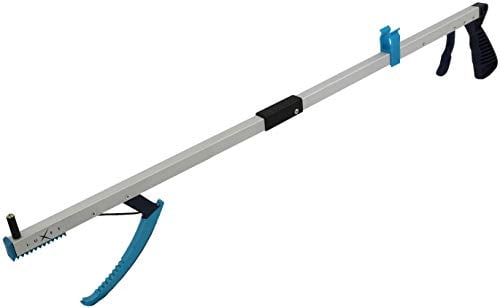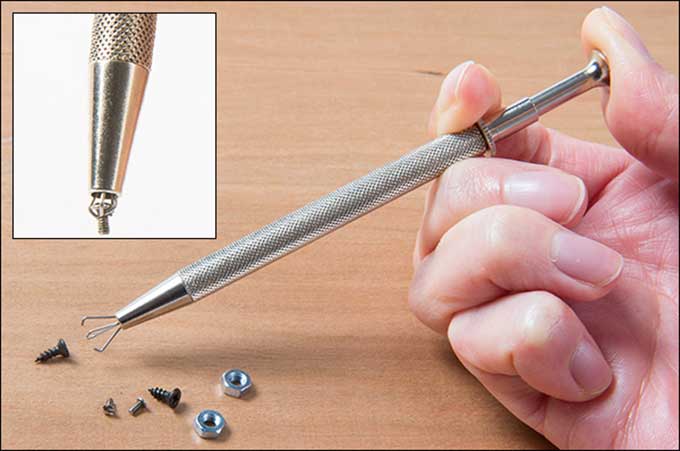

(Bedford, MA) do not support on-board VGA on its frame grabbers. However, companies such as Imaging Technology Inc. (Indianapolis, IN), Willow Peripherals (East Hampton, NY), and VisiCom (San Diego, CA), also support VGA controllers on their frame grabbers. Laurent, Quebec, Canada), Integral Technologies Inc. And, because the Image/VGA-400 uses a VGA controller, resolutions, with a live video window, of up to 1024 x 768 x 16 bits and 800 x 600 x 24 bits are supported. Chroma keying is also supported so that a background can be underlaid behind a video scene. Text and graphics can be written into VGA memory and, by using a color key, overlaid nondestructively on top of live video.
GRABBER TOOLS BUFFALO NY WINDOWS
For image display, the board's SuperVGA Windows accelerator can display video images full-screen or in a resizable window. Integral Technologies FlashPoint 128 board can digitize composite and S-Video inputs in both PAL and NTSC formats as well as component RGB or YUV video. In addition, NTSC, PAL, and S-Video images can be digitized and displayed inside a resizable video window on the computer's VGA monitor. (Billerica, MA) has integrated a frame grabber and a 64-bit, 3-D accelerated VGA display controller onto a single-slot PCI board (see Fig. In the design of its Image/VGA-400 frame grabber and display controller, MuTech Corp.

GRABBER TOOLS BUFFALO NY PC
In such designs, the frame grabber has control of the system VGA display, and the PC display can be combined with incoming video data. This eliminates the need to incorporate a separate VGA display controller in the PC system, freeing a PCI slot and reducing system cost. To reduce the cost of color image-processing systems, some vendors have incorporated VGA display controllers on their frame grabbers. Although the resolution of such cameras is often specified in terms of lines (for example, 525 for NTSC and 625 for PAL) or VGA resolution (for example, 640 x 480 pixels), it depends mainly on the S/N from the camera and on the fidelity of the frame grabber. However, this encoding/decoding process decreases the signal-to-noise ratio (S/N) of the video signal, resulting in a loss of resolution. These signals are often digitized by the frame grabber and separated into RGB components. In such cameras, digital signals from the camera's CCD are first encoded and output as NTSC, PAL, SECAM, or S-Video analog signals. Such requirements mandate the use of low-cost color cameras with analog outputs that have been primarily manufactured for broadcast-quality applications.

Not surprisingly, most digitize standard color-television formats, such as NTSC, PAL, and SECAM, use off-the-shelf video digitizers (see table on p. This board can digitize and display NTSC, PAL, or S-Video images inside a resizable video window on the computer's VGA monitor.Īt first glance, the specifications of such frame grabbers seem similar. In the design of its Image/VGA-400 frame grabber and display controller, MuTech has integrated a frame grabber and a 64-bit, 3-D accelerated VGA display controller onto a single-slot PCI board.

But, in applications such as microscopy, machine vision, and medical imaging, where broadcast-standard resolution can be tolerated, they deliver a cost-effective means of image capture. Costing less than $1000 per unit, these low-price frame grabbers do not generally provide the technical capabilities of their high-performance counterparts. Costing less than $1000 each, commercial color frame grabbers handle cost-effective image capture.Ĭurrently, more than 20 companies offer color frame grabbers for the PCI bus.


 0 kommentar(er)
0 kommentar(er)
